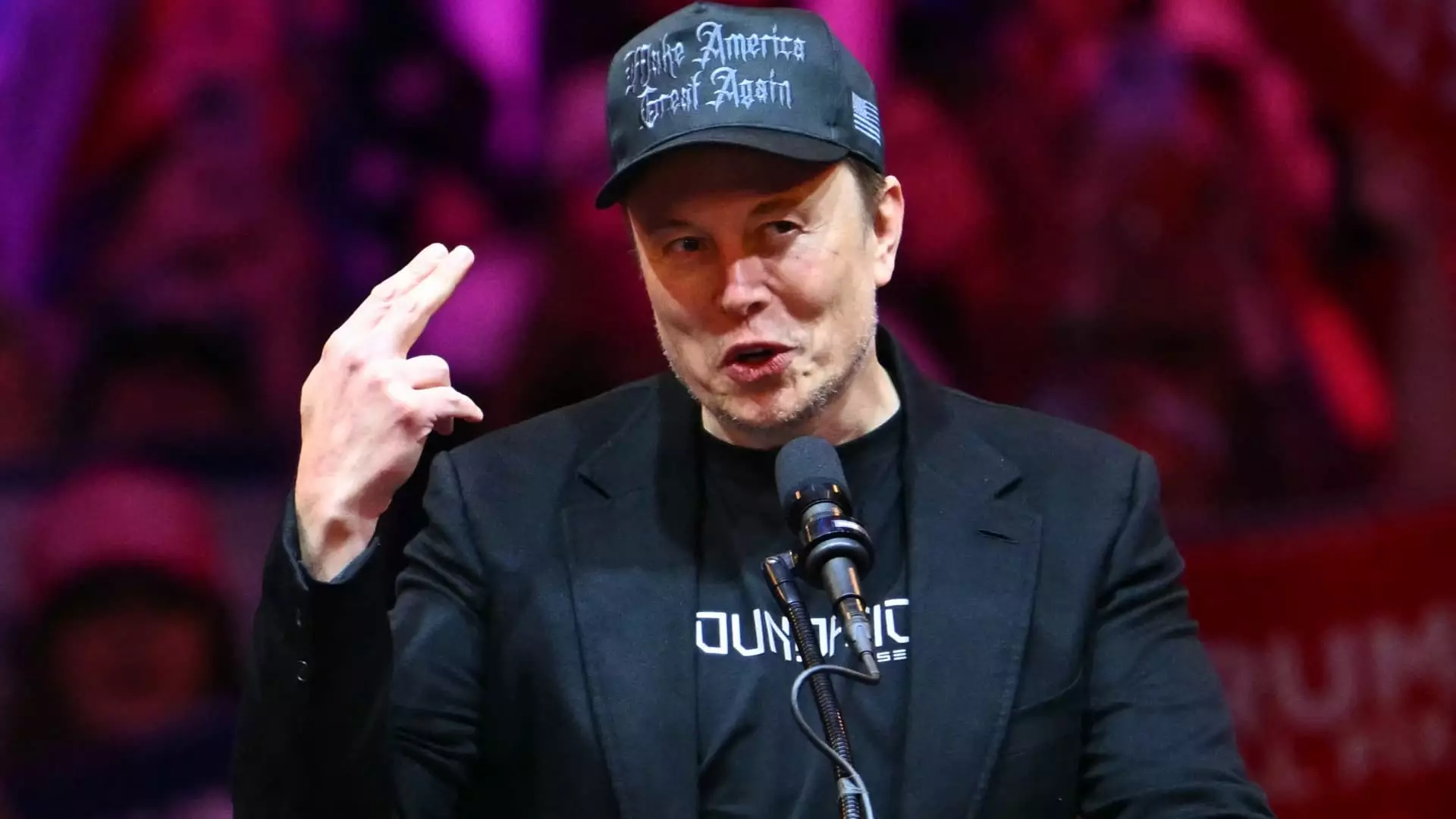The economic landscape of the United States is often at the forefront of political discourse, especially as election cycles approach. As former President Donald Trump prepares for his potential second term, discussions around his proposed economic policies have ignited mixed reactions from both supporters and economists alike. Notably, even some of Trump’s top allies, including influential business figures like Elon Musk, have acknowledged the potential short-term consequences of these policy proposals, even as they endorse the long-term vision behind them.
Recent dialogues involving economists, Wall Street analysts, and business leaders paint a concerning picture of Trump’s economic agenda. The core of this agenda includes aggressive tariff proposals, particularly targeted at imports from China, which many experts believe could inflate consumer prices significantly. For instance, Musk publicly engaged with commentary on social media that suggested these policies could lead to dramatic fluctuations in the market, ultimately suggesting a “sounder footing” would follow a period of turmoil. This acknowledgment from a billionaire backer underlines the tension between the desire for economic protectionism and its immediate repercussions on consumer costs.
The acceptance of potential price increases as a necessary step toward achieving the broader goals within Trump’s economic policy raises crucial questions about the true cost of these proposals. Many economists emphasize that while there may be intended long-term benefits—such as job creation or increased domestic production—the upfront costs in terms of consumer finances and market volatility could be substantial.
Supporters of Trump, including figures like Howard Lutnick, CEO of Cantor Fitzgerald, have engaged in a similar narrative. Lutnick conceded that the universal tariffs Trump advocates would likely function as a short-term tax on consumers. While Lutnick argued that higher import costs would encourage a shift towards domestic alternatives, this explanation fails to factor in the reality of certain products that the U.S. is unable to produce. If tariffs force consumers to pay higher prices for unavailable products, it raises the question of whether the anticipated benefits of these tariffs can truly justify the financial burden placed on American families.
Senator JD Vance, Trump’s running mate, furthers this argument by suggesting that the economic sacrifices made through increased tariffs could be counterbalanced by growth in wages. While this perspective reflects an optimistic viewpoint, it overlooks the immediate hardships faced by consumers who might not see wage adjustments keeping pace with increased costs. The critical challenge lies in balancing short-term economic stability with Trump’s long-term economic vision, which many are skeptical about.
The Democratic response to Trump’s economic plans has been equally strategic. Vice President Kamala Harris has coined the term “Trump sales tax” to frame the potential tariff-driven price increases, a label intended to underline how these policies could directly impact everyday consumers. By positioning Trump’s policies in this light, the Democrats aim to rally voters who prioritize economic stability and predictable pricing.
This political framing serves to increase scrutiny on Trump’s proposals, especially as the uneven effects of such policies become clearer. It invites voters to consider whether the sacrifices being proposed are indeed worth the promised future gains—or if they would merely exacerbate existing economic challenges without delivering the anticipated benefits.
As discussions around Trump’s economic strategies continue to evolve, the blending of support and skepticism among his allies illustrates a pivotal moment in American economic policy. The critical assessments offered by figures like Musk and Lutnick reflect an understanding of the complexity of implementing protective economic measures. While the allure of job creation and reduced reliance on foreign imports is enticing, the reality of immediate consumer pain raises significant concerns.
Ultimately, as the 2024 election approaches, Americans must navigate these complicated economic discussions, weighing the short-term effects against the long-term perspectives proposed by those who back Trump. The road ahead will demand clear communication and transparent policies from both sides of the political spectrum, as the consequences of these economic decisions will resonate for years to come.

